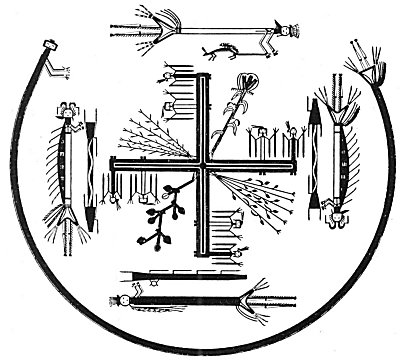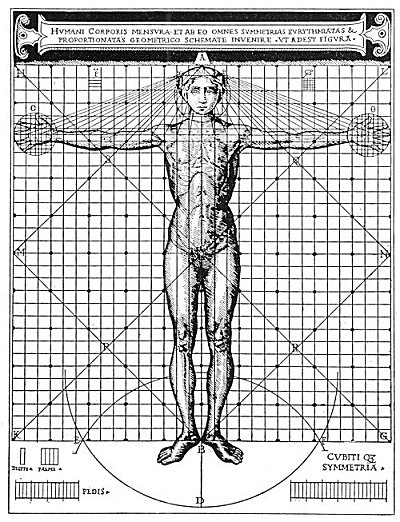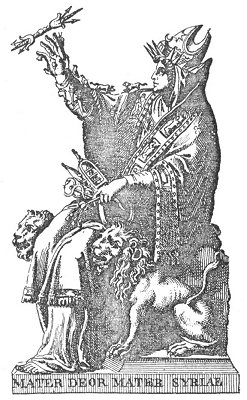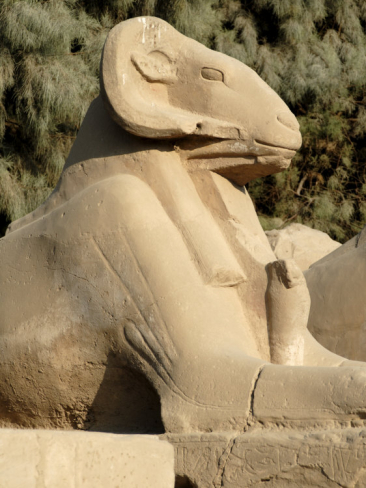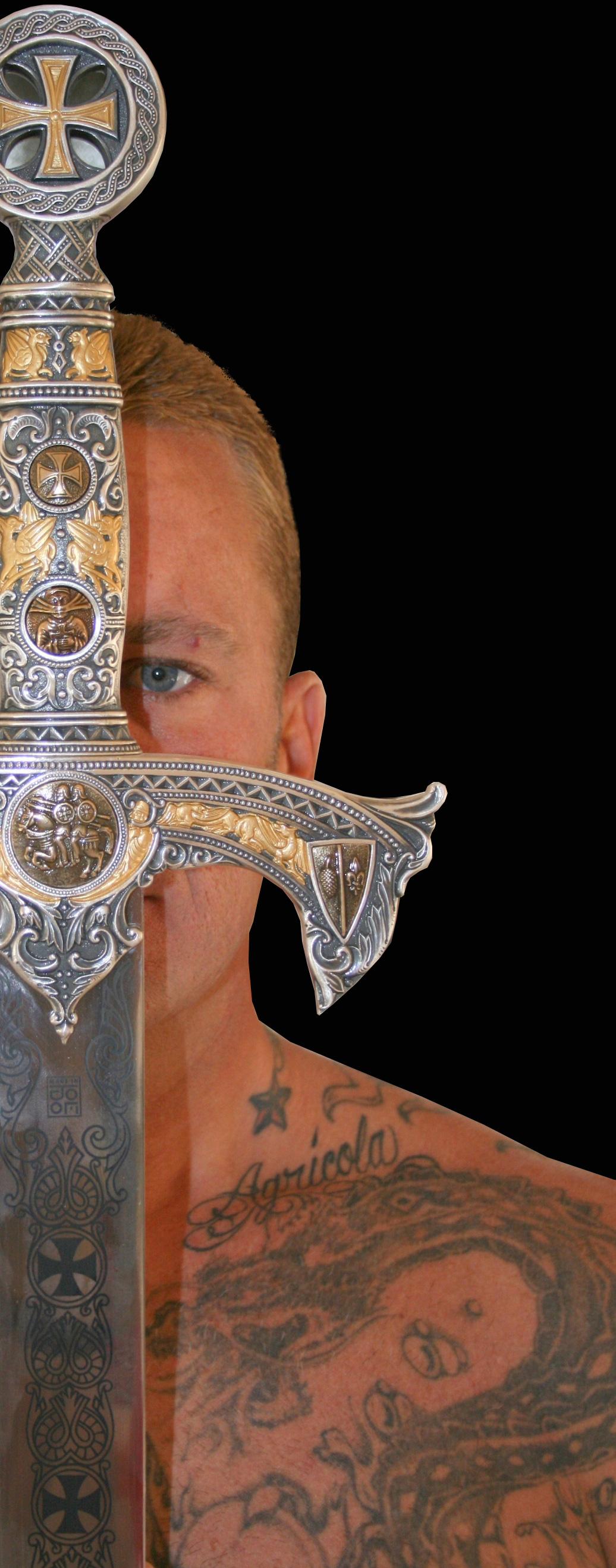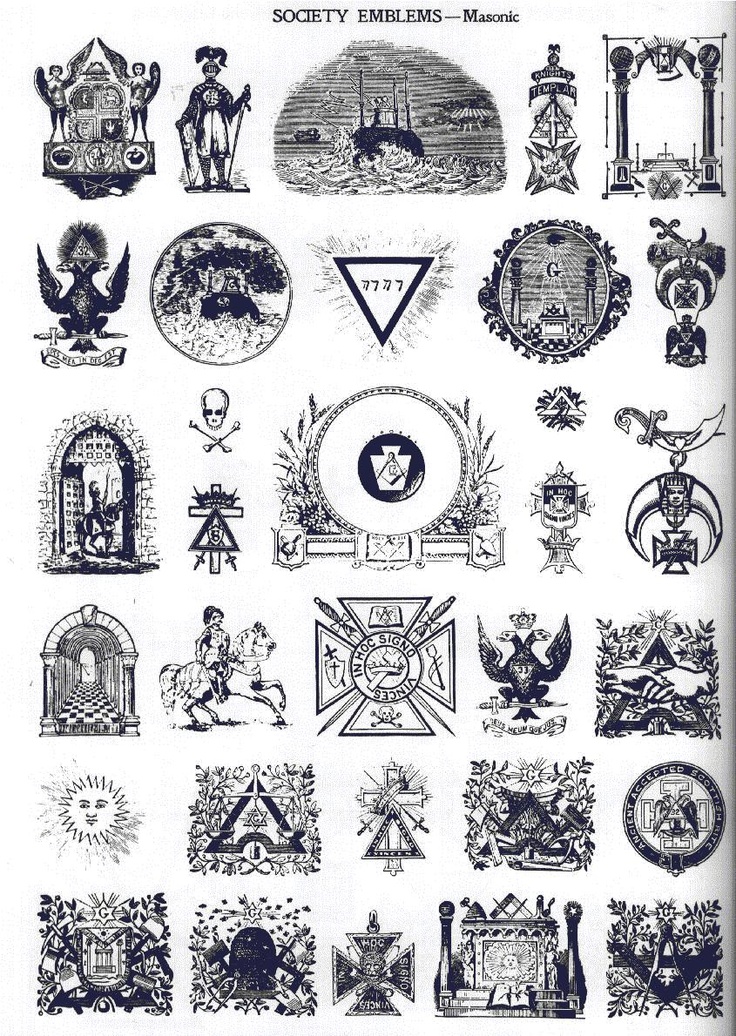p. 76
to the creative word. By the Word of God the material universe was fabricated, and the seven creative powers, or vowel sounds–which had been brought into existence by the speaking of the Word–became the seven Elohim or Deities by whose power and ministration the lower world was organized. Occasionally the Deity is symbolized by an eye, an ear, a nose, or a mouth. By the first, Divine awareness is signified; by the second, Divine interest; by the third, Divine vitality; and by the fourth, Divine command.
The ancients did not believe that spirituality made men either righteous or rational, but rather that righteousness and rationality made men spiritual. The Mysteries taught that spiritual illumination was attained only by bringing the lower nature up to a certain standard of efficiency and purity. The Mysteries were therefore established for the purpose of unfolding the nature of man according to certain fixed rules which, when faithfully followed, elevated the human consciousness to a point where it was capable of cognizing its own constitution and the true purpose of existence. This knowledge of how man’s manifold constitution could be most quickly and most completely regenerated to the point of spiritual illumination constituted the secret, or esoteric, doctrine of antiquity. Certain apparently physical organs and centers are in reality the veils or sheaths of spiritual centers. What these were and how they could be unfolded was never revealed to the unregenerate, for the philosophers realized that once he understands the complete working of any system, a man may accomplish a prescribed end without being qualified to manipulate and control the effects which he has produced. For this reason long periods of probation were imposed, so that the knowledge of how to become as the gods might remain the sole possession of the worthy.
Lest that knowledge be lost, however, it was concealed in allegories and myths which were meaningless to the profane but self-evident to those acquainted with that theory of personal redemption which was the foundation of philosophical theology. Christianity itself may be cited as an example. The entire New Testament is in fact an ingeniously concealed exposition of the secret processes of human regeneration. The characters so long considered as historical men and women are really the personification of certain processes which take place in the human body when man begins the task of consciously liberating himself from the bondage of ignorance and death.
The garments and ornamentations supposedly worn by the gods are also keys, for in the Mysteries clothing was considered as synonymous with form. The degree of spirituality or materiality of the organisms was signified by the quality, beauty, and value of the garments worn. Man’s physical body was looked upon as the robe of his spiritual nature; consequently, the more developed were his super-substantial powers the more glorious his apparel. Of course, clothing was originally worn for ornamentation rather than protection, and such practice still prevails among many primitive peoples. The Mysteries caught that man’s only lasting adornments were his virtues and worthy characteristics; that he was clothed in his own accomplishments and adorned by his attainments. Thus the white robe was symbolic of purity, the red robe of sacrifice and love, and the blue robe of altruism and integrity. Since the body was said to be the robe of the spirit, mental or moral deformities were depicted as deformities of the body.
Considering man’s body as the measuring rule of the universe, the philosophers declared that all things resemble in constitution–if not in form–the human body. The Greeks, for example, declared Delphi to be the navel of the earth, for the physical planet was looked upon as a gigantic human being twisted into the form of a ball. In contradistinction to the belief of Christendom that the earth is an inanimate thing, the pagans considered not only the earth but also all the sidereal bodies as individual creatures possessing individual intelligences. They even went so far as to view the various kingdoms of Nature as individual entities. The animal kingdom, for example, was looked upon as one being–a composite of all the creatures composing that kingdom. This prototypic beast was a mosaic embodiment of all animal propensities and within its nature the entire animal world existed as the human species exists within the constitution of the prototypic Adam.

Moe is the founder of GnosticWarrior.com. He is a father, husband, author, martial arts black belt, and an expert in Gnosticism, the occult, and esotericism.

